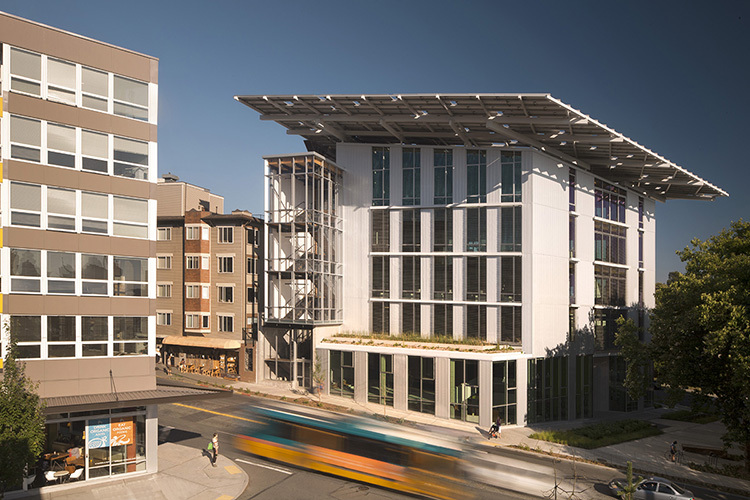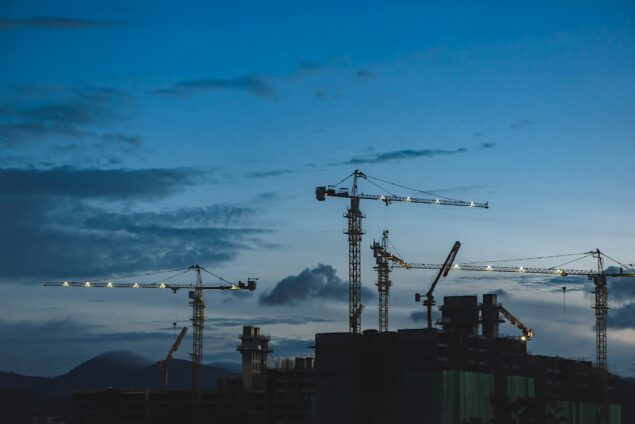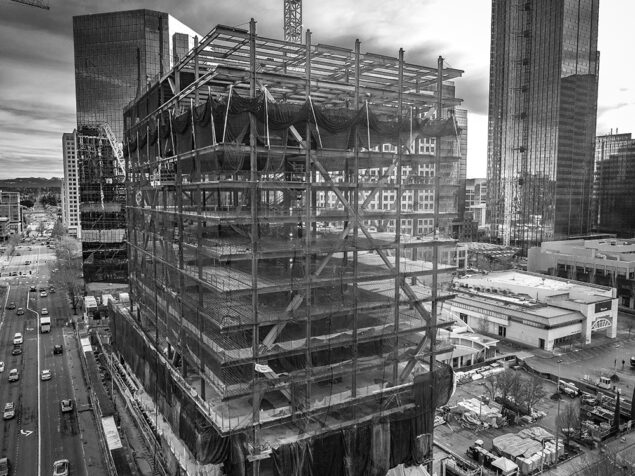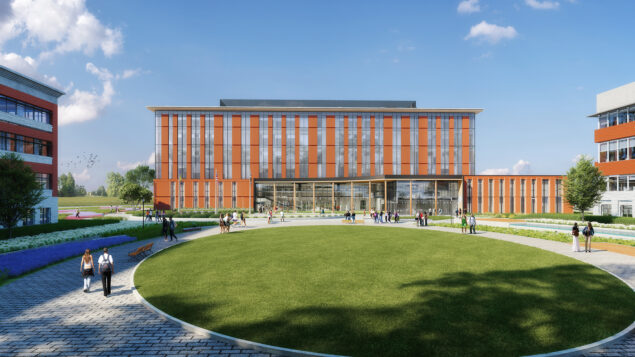For more than 20 years, the A/E/C industries have responded to the market’s desire for environmentally conscious buildings by striving to build more sustainably – more energy-efficient heating systems, more recycled water and more sustainably produced construction materials. The primary tool to encourage this kind of building is a certification system – a set of benchmarks that buildings must meet in order to boast their green bonafides to potential buyers or renters.
But with green technology changing so quickly and more and more individual jurisdictions raising the bar by incorporating stricter environmental regulations into their building codes, there’s been a proliferation of certification programs. Many of these share similar goals for building performance but differ on the details of how a building can achieve those goals.
Here’s a look at some of the national green certification standards that DCI Engineers has experience meeting:
LEED
Perhaps the most widely used of the green certification systems, LEED (Leadership in Energy & Environmental Design) was established in 2000 by the U.S. Green Building Council and has become the benchmark for green building. The system awards project “credits” based on a wide variety of metrics, including:
Depending on how well a project performs, it is rated as LEED Certified (40-49 points), Silver (50-59 points), Gold (60-79 points) or Platinum (80+ points). DCI Engineers has designed projects at each tier of the LEED system, including LEED Platinum projects like the Terry Thomas Office Building, UC – Irvine Medical Education Building and the Portland Community College Newberg Campus.
Living Building Challenge
The Living Building Challenge (LBC) goes above and beyond current standards for green building. Unveiled in 2006 by the International Living Future Institute and Cascadia Green Building Council, the LBC calls for a more holistic approach to green building. Whereas LEED affords a project flexibility in how it meets the broader goal (allowing a project to focus more on water efficiency while putting less effort into green materials, for example), Living Buildings are required to meet stricter prerequisites in each facet of green building. While LEED encourages projects that cut down on their water and energy use, a Living Building must be “net-zero,” collecting its own water through rainfall and developing all its own energy. The LBC is also very results-oriented – a project cannot be certified until it undergoes a strict audit of its energy and water use, generally a year after completion.
All these strict requirements make for a heavy lift for architects, engineers and general contractors, who must work closely together from the outset of a project to achieve success. Though nearly 300 projects have sought LBC certification, only eight have achieved full certification. DCI is proud to have provided structural designs for one of those eight - the Bullitt Center.

Local regulations
While building green used to be reserved for developers who wanted to go above and beyond to respond to the market or meet government incentive programs, it’s quickly becoming the norm in jurisdictions across the country. The City of Seattle now requires low-impact storm water development that mimics natural hydrology. In California, Title 24 energy standards require high levels of energy efficiency in new buildings. Green building techniques that would have been a novelty 10 years ago are now expected. DCI has a proven record of finding innovative structural designs that meet varying green building standards in jurisdictions across the country.
Caleb Heeringa, Communications Coordinator | Caleb enjoys immersing himself in the A/E/C industry and informing audiences about DCI’s contribution to state-of-the-art structural development. Preferring a conversational style, he naturally narrates the firm’s design approach and project details to professionals in other industries. With a knack for adventure, he enjoys international travel and exploring the back corners of Washington’s wilderness.


